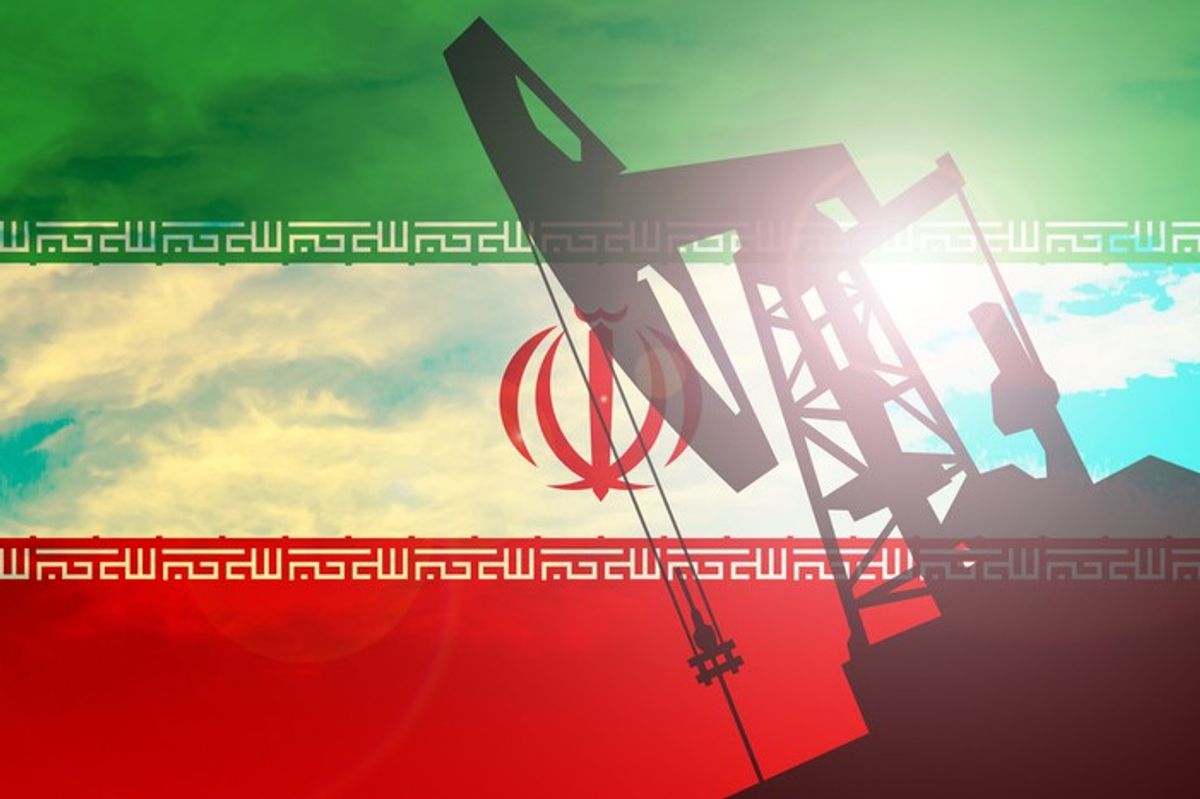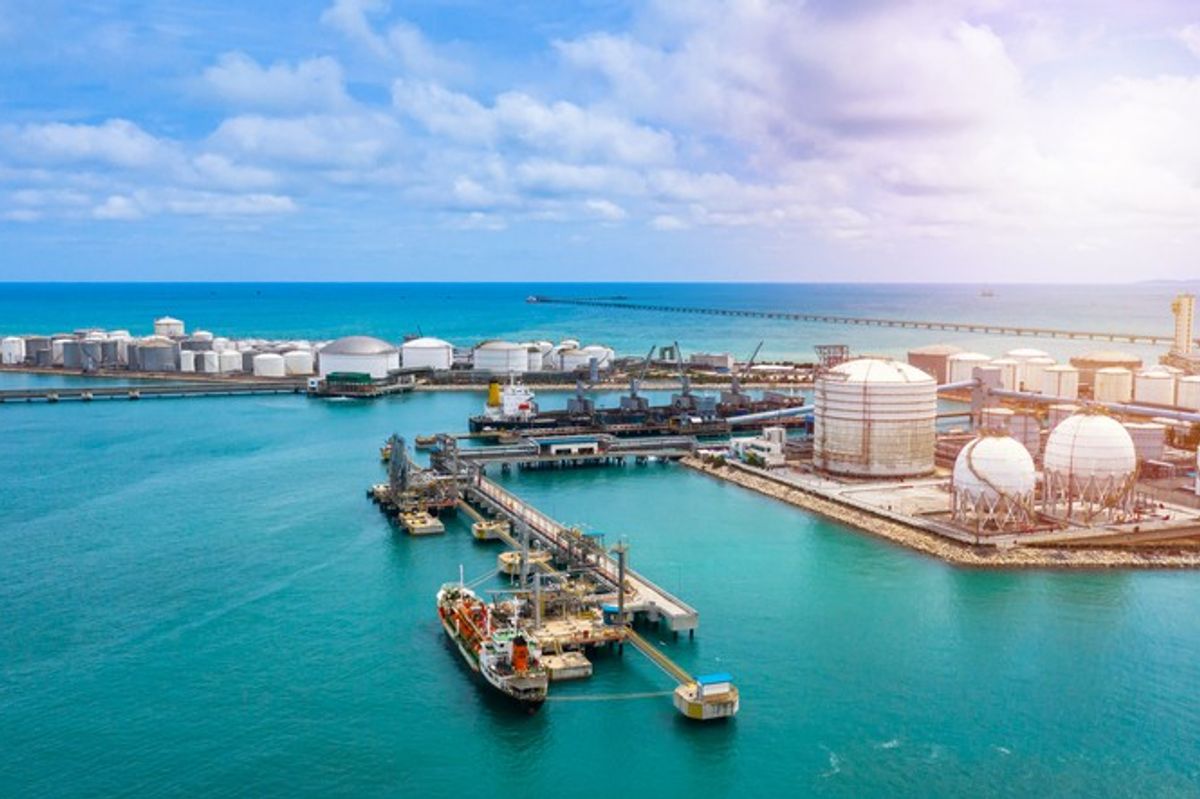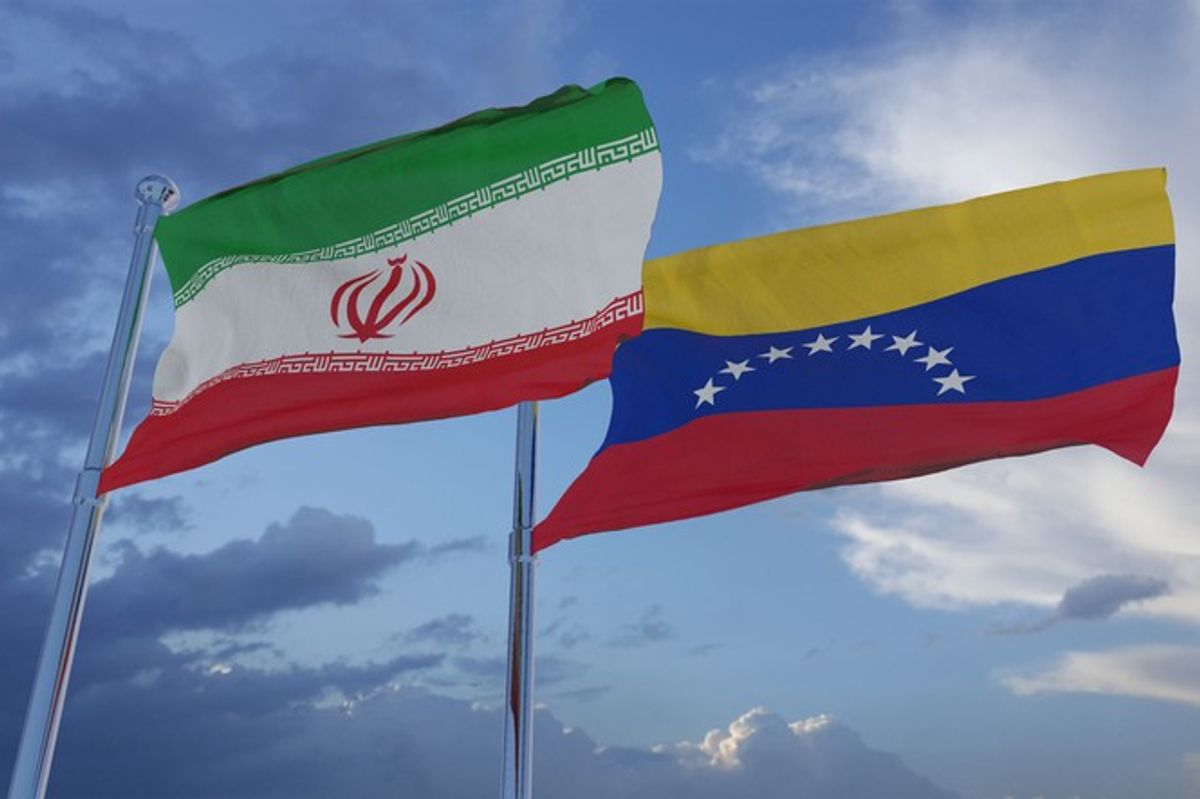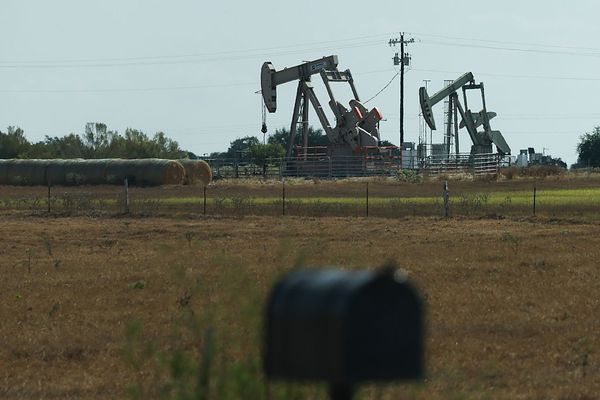The international oil market has been in a state of chaos over the past two years, as prices dropped more than 75 percent. Last month, delegates from the 13 OPEC member nations and five other major producers met to discuss a production freeze agreement that might shore up global prices. Once again, they came away empty-handed.
Jean-Francois Seznec, an Adjunct Professor at both Georgetown University and Johns Hopkins University, explains how the logic behind OPEC’s decisions, and especially its largest producer Saudi Arabia, are more complicated than you might think.
The Cipher Brief: Can you first speak a bit about how you see the global petroleum markets today?
Jean-Francois Seznec: The market has come up a fair amount since the Doha meeting on April 17, where it was predicted that prices would go down to $30 per barrel. They actually went back up to almost $45-46 at one point. Nevertheless, the market is fundamentally weak at this point, in the sense that there’s no agreement between Russia – the world’s largest producer – Saudi Arabia, and Iran on how to proceed. Fundamentally, everyone’s trying to pump as much as they can. Indeed, the Saudis could even pump more. The market does not really see the global economy improving radically and U.S. growth remains a problem, so oil will remain weak for the time being unless a production deal can be reached.
The Cipher Brief: Talking more about the specifics of that arrangement, how do you see the failure in Doha on April 17? Iran’s absence was considered the main factor. Do you think that is correct? Where do you see the main fault line?
JFZ: Of course Iran is the main factor in the sense that the relationship between Saudi Arabia and Iran is terrible. Iran wants to regain the market share, which they basically lost to Saudi Arabia and Russia. When the sanctions were imposed against Tehran, the Saudis and the Russians were happy to cry all the way to the bank and produce more to make up for the Iranians. Obviously, Tehran would like to regain a couple more million barrels per day (bpd) in lost market share. For their part, the Saudis are very happy to have taken market share from Iran and they don’t want to give it up. At this point, there’s not much common ground between the two and blame can be spread very evenly I think.
TCB: And can you tell me more about the Russian side of the equation, focusing especially on their relationship with Saudi Arabia, Iran, and the other major producers?
JFZ: Their relationship with Saudi is basically nonexistent. There have been a lot of talks between the Saudis and the Russians over the last two years or so about production cut arrangements, but it’s never come to anything. The Russians don’t really see what they would gain in working with Riyadh, and the Saudis just don’t trust the Russians. They have a very good reason for this: In 1999 the Saudis heavily overproduced, brought the prices down to $12 per barrel and negotiated an agreement with the Russians, Norwegians, and Mexicans to cut production in concert. Prices went back up immediately, but the Russians never did cut, they never followed through on their promise. For this reason, the Saudis will not trust Moscow to cut production until they see an actual cut. On the other side of the table, the Russians are rather big and proud – they are actually the world’s largest producer – and they don’t take kindly to being strong-armed by a minor power like Saudi Arabia. So nothing is really happening right now on that front.
TCB: Do you think that the desire to impose discipline within OPEC played a major role in Saudi Arabia’s original decision not to cut production in 2014?
JFZ: Basically, the Saudis want to show OPEC that they are the boss, and that Riyadh is the largest hand on the lever of global oil prices, at least on the downward cycle. So yes, I think that this is indeed a way of disciplining the other OPEC members.
TCB: How about the question of U.S. market share? How important do you really think that is to Saudi decision-making?
JFZ: I don’t think that’s of any importance to the Saudis. The Saudis have a little bit of a market share in the U.S., selling around 1.2 million bpd. But what they’re really doing is selling oil to themselves, because Saudi Aramco has a very large investment in the United States through a refining company called Motiva, and Motiva’s refining capacity today is about 1.2 million bpd. Now, Motiva is being split at the moment, so my answer is not quite as straight forward as I would like it to be because Motiva is a joint venture between Shell and Saudi Aramco, and both of them have decided to break up the partnership. At the end of the day, Saudi Arabia is inheriting a very large refinery in Texas, which has a capacity of about 600,000 bpd, and I believe Shell is inheriting the other two refineries, which are meant to refine U.S. crude.
Saudi Arabia has a ‘base load,’ if you like, of 600,000 bpd in that refinery in Texas, which is built for Saudi heavy crude. So It doesn’t really matter to Saudi Aramco what the prices are because they’re selling to themselves. At the end of the day, the Saudis don’t really care about U.S. market share as such. They hold a solid piece of the market but, in terms of trying to gain further market share within the U.S., they’re not even going to try to attempt it.
TCB: Do you believe that keeping prices low for the purpose of cutting U.S. shale out of the market is in Saudi interests or is that motivation over-exaggerated?
JFZ: The Saudis would love to see U.S. shale production decline. But they know that many of the U.S. shale companies will continue to produce at any price because they have already invested a lot of money into extraction infrastructure. If they didn’t produce, that would be money down the drain. Riyadh also knows that there will not be much investment in U.S. shale production over the next 18 months or so, which means that none of this will have much of an impact for about a year and a half.
So yes, low prices will drive some of the shale business out of the market over time but, on the other hand, Riyadh’s real target is not U.S. shale producers. The Saudis’ main target is Russia. This is because they see Russia as a weak producer with a lot of very old and very high-cost fields. They would like to force the Russians to close those fields, but Moscow is not at all eager to do that. Saudi Arabia feels they can leverage price power over the Russian authorities to force or impose a production cut on Rosneft and all of these state companies.
TCB: Do you think Riyadh is right in that assumption?
JFZ: I’ve been saying that they’re right for a year, and I’ve been wrong for a year, so what can I say? The Russians are very reluctant to abide by Riyadh’s wishes, and Moscow is always hoping that some new source of demand will come up, whether from Asia or elsewhere, that will resolve their economic problems, but so far there has been nothing new. So it’s really a stalemate right now.
TCB: On the issue of internal politics in Saudi Arabia, can you talk a bit about King Salman, and the key role that his son, Prince Mohammed bin Salman, has come to play in the Kingdom? How has the power structure changed within the Saudi government, and what effect has that had on Riyadh’s energy strategy?
JFZ: That’s a big question but let’s give it a shot. Mohamed bin Salman is trying to throw Saudi Arabia into the 21st Century kicking and screaming, and he’s not alone in doing that. In a sense, he represents the 70 percent of the population that’s below the age of 30. They’re trying to change the whole structure of the country away from a Rentier state, wherein the state depends on oil for money, then redistributes some of this largesse to the people and reserves a large chunk for the Royal family. Prince Salman is trying to reverse this process into a system where the State becomes dependent on the population, just like most other countries. In this system, the people will pay some taxes, the government will reduce subsidies, and the Monarchy will be viewed as serving the people, not the other way around.
This is a huge change and the upcoming privatization of Saudi Aramco will play a big part in these reforms because, in order to make this work, production of the Kingdom’s main revenue stream, oil, has to be transparent. Right now, it is very opaque and privatization will, in theory, shed some light on the process so that the Royal family can no longer just siphon off money without repercussions. Privatization will also clarify the ownership structure of Saudi Aramco and, ideally, you will have a system where the people will have a stake in the country’s income the same way that shareholders do in any other company. So this is a real sea change in the political and economic structure of the Kingdom.
Mohammed bin Salman is not doing this by himself. He represents the young people, as well as one of the most powerful groups in the country, which is the civil service. Everybody focuses on the Royal family when analyzing Saudi Arabia but that is extremely misleading. The real power is with the civil servants. Until recently, Ali al Naimi – the Saudi Oil Minister and one of the Kingdom’s most highly respected civil servants – was the most powerful man in the country when it came to oil policy. Today, that is no longer the case. Al Naimi was recently allowed to retire, but his former position gained more power. He was replaced by Khalid Al Falih who is now not only the Minister of Petroleum, but also Chairman of Saudi Aramco and the Saudi mining company, Maaden. Al Falih now has the single most important portfolio in the Kingdom and is squarely in charge of moving the country away from crude oil to value-added productions, which will eventually replace a major portion of oil income and create a large number of jobs downstream from crude and mining.
TCB: Talking a bit about the proposed series of economic reforms in Saudi Arabia outlined in the “Vision 2030.” Can you speak a bit about how feasible that is?
JFZ: It’s very feasible. The Saudi economy already has such a great industrial base that it won’t take much to push it forward. Take, for instance, the Public Investment Fund (PIF), which will become the future Sovereign Wealth Fund. The PIF owns SABIC, they own Maaden – one of the largest mining companies in the Middle East – they own the airline. So all they need to do is transfer over Saudi Aramco, as well as a number of other companies, and the PIF will immediately become a major fund. The other part of this story is that the PIF may now be able to raise capital on its own through the stock market, although we don’t know this for sure. What will be interesting is to see whether the PIF is able or willing to invest in the private sector as well. They have already done this to a certain extent but mostly not.
TCB: How about the social, internal side of the economic reforms? Do you think that they’re overly ambitious in terms of things like increasing the private sector’s share of the economy from 40 to 65 percent?
JFZ: No. Let me give you a real figure here which is often misunderstood. The total gross income from oil in the Kingdom in 2015 was around $160 billion but, if I take all the sales of the industrial companies in mining, chemicals, metals, etc. in 2015 that’s worth $63 billion, which is very significant.
This number doesn’t really show very much because there are no taxes, so the state gets zero percent of that income. These are also gross sales. I’m just comparing gross sales to gross sales. The gross sales of oil are $160 billion, which of course is huge, but also the cost of producing a single barrel (“lifting cost”) is only about four dollars (against a per-barrel price of $45), so that’s a massive profit margin. Of course, the industrial companies, they sell $63 billion but their net profit margin is probably only $8 or $10 billion, so that’s a major difference, and that’s why it doesn’t show up as much in the analysis. But in terms of overall percentages, yes, in my view it’s going to be very easily achievable.
TCB: And what do you think the Saudis’ eventual price target is? Where do they want to see the market at long-term?
JFZ: If it went up to about $60 per barrel I think they’d be very happy.













